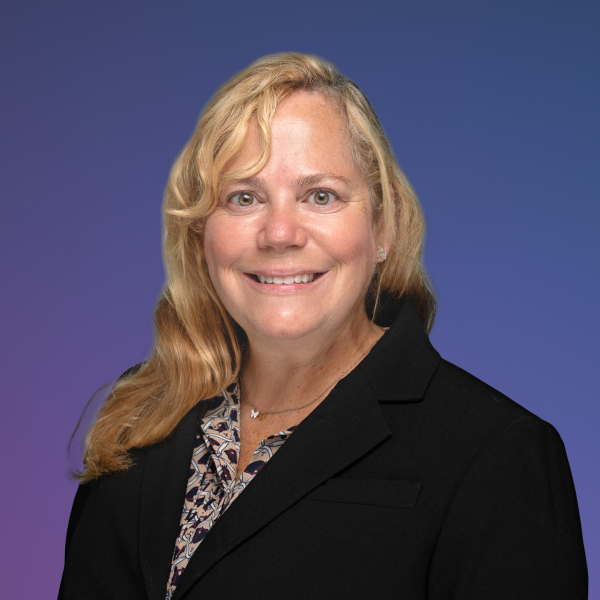Talking to musician David Feldman about music and IP, technology, AI, and creativity in celebration of World IP Day 2025
April 11, 2025 | 4 min readThis year’s World IP Day theme of IP and music immediately made me think of the music of my home country Brazil — bossa nova, “The Girl from Ipanema,” and the brother of a dear friend — musician David Feldman, who sat down with me for this special World IP Day IP Storytellers post.
David is a Brazilian pianist, keyboardist, arranger, producer, and sound engineer who describes his music as bringing Brazilian rhythms to the jazz language of improvisation. If you’re curious about his music, David recommends starting with the first of his four albums, O Som do Beco das Garrafas (on Spotify or Apple Music). Even though he’s made three more albums in the last 20 years and has appeared on many others, his first remains popular.
The technological influence that led to the Brazilian bossa nova sound
Our conversation began with his insight into how bossa nova arose from the invention of the microphone. Before, singers of samba (the ubiquitous genre of Brazil) had to project loudly to compete with their instrumentation. But with the advent of microphones, singers could lower their voices down to a whisper and still be heard, bringing about a new sound. Bossa nova was also influenced by the US’ cool jazz movement of the mid-50s, whose similarly softer sound was enabled by advancements in amplification and recording. It was fascinating to hear David draw the connection between bossa nova — something that instantly transports me to a happy place of growing up in Rio, the colors, the food, and the beach — and technological innovation, the driving force of my professional career.
How fair use and compensation in music have only gotten more complicated since “The Girl from Ipanema”
Perhaps the most famous bossa nova song of all time is “The Girl from Ipanema,” whose complicated IP history I learned about last year from watching Tom Jobim Musical live in Rio, a musical about the composer’s life. While the English version of the song propelled it to global hit status in the 60s, its separate copyright as a derivative work meant the original artists, including Jobim didn’t share in the full proceeds of its success. To David, the system needs to fairly account for the contributions of all creators and publishers of the song, and I agree. Today, the line between recycled inspiration and true innovation has only gotten muddier with the recent rise of both credited and uncredited interpolation, as covered by Rolling Stone. In contrast to sampling, which uses recordings of other songs, interpolation uses another song’s composition, “whether that’s lyrics, a melody, a riff, or a beat.” But to David, it’s still easier to build something new from scratch.
What AI doesn’t do, in both the music and IP professions
We of course couldn’t cover the topic of repurposing existing work without talking about AI. To David, the difference between the transcendent music made by AI and artists like Peter Gabirel or Björk comes down to unplanned experimentation: “Sometimes your hands go to the wrong note, and it’s the most beautiful thing you’ve ever heard so you make something out of that. AI never plays any wrong notes. But those transformative accidents are what give music its wow factor, what makes it sound unlike anything we’ve heard before.” To preserve this type of artistic creativity, David thinks it’s less about curbing AI and more about reformulating streaming, which has been estimated to pay artists less than half a cent per stream, with none of that share going to non-featured artists. Streaming can also be gamed by AI tracks and listeners.
David’s descriptions of AI’s limitations compared to humans in music reminded me of the ones Tradespace has been making about AI in IP. When it comes to creative problem-solving, AI will only ever be a companion to humans. And it will never replace face-to-face interactions, whether that’s at a live music concert or in the office. “Already in 2025, I’ve noticed that more people are going to our performances, which have become these kind of sacred places,” David explains. “AI can’t recreate the experience of being in a jazz club and feeling the air vibrating every time the drummer hits the bass drum, or the whole acoustic environment of an orchestra hall.”
Why creativity is more like fishing than magic
To close out my time with David, I had to ask him about what jazz has taught him about creativity. My dad was a huge jazz fan from living in New York in the late 60s and I inherited some of his records from that time. So I share his love for the genre, and have always thought of it as being highly creative. When it comes to creativity, David taught me to see creativity as having more to do with consistency than talent. Says David, “A lot of people think talent is a magical thing, but I would consider it to be a kind of stubbornness or obsession about making something good.”
In that way, creativity is like fishing to David: “Sometimes you go fishing and catch a big fish, sometimes you might only get small fish, and sometimes you’ll come back empty-handed. But you still have to show up every day. If you don’t show up for work, you won’t get anything.” Even on days David doesn’t have the time, he spends 10 minutes laying his hands on the piano without worrying about what he’s playing. Sometimes he finds an amazing chord, and sometimes it feels forced and he lets it go. But the point is that creativity is a constant habit we can cultivate with small actions. Insight is more likely to strike when you respect the process.
In closing
I thought David weaved together ideas about creativity, music, and IP, and technology wonderfully. I came away from it with a sense of urgency around preserving the soul of music during a time when musicians’ IP rights have been weakened by digitization and streaming. To learn more about what’s going on with music IP today and to find tools to help navigate it, visit WIPO’s music and IP resources page.



